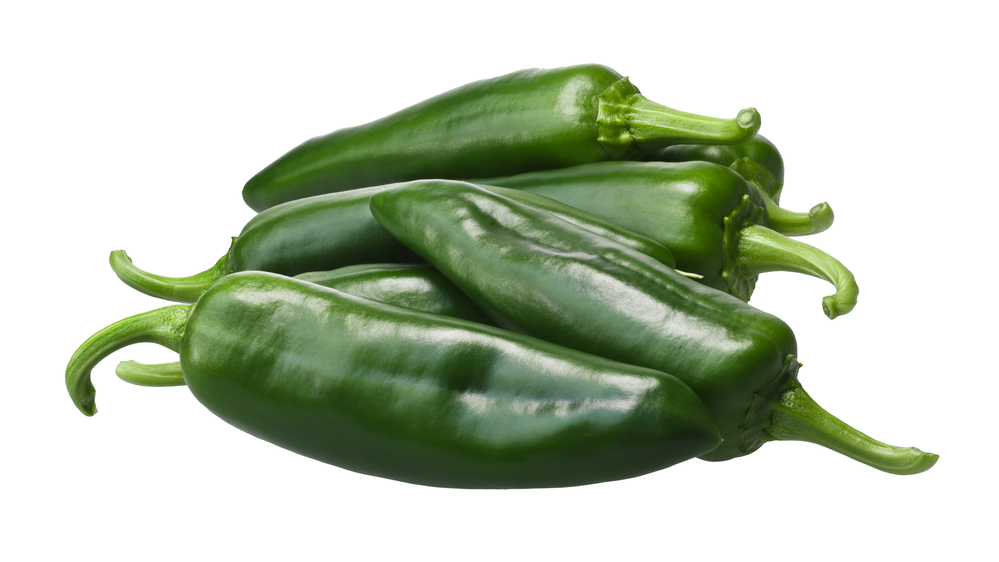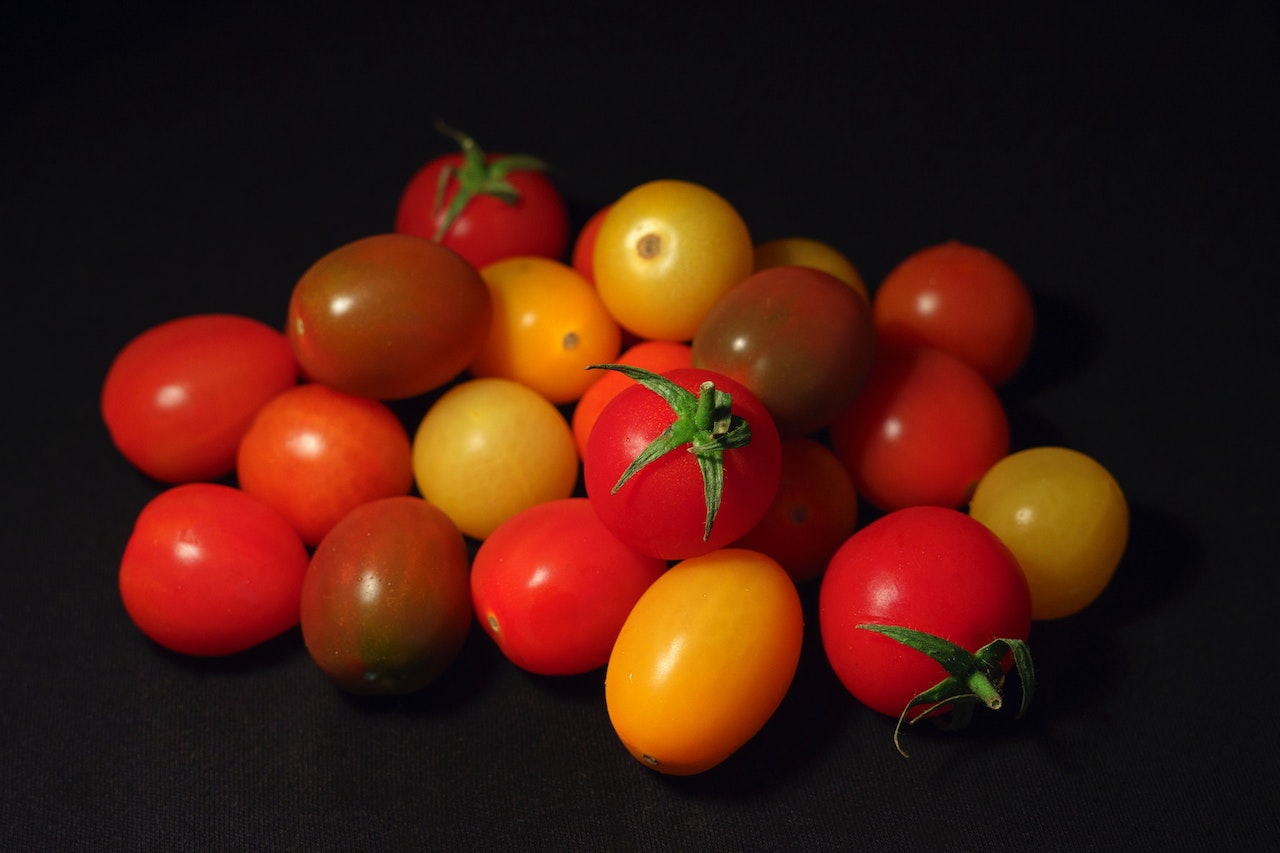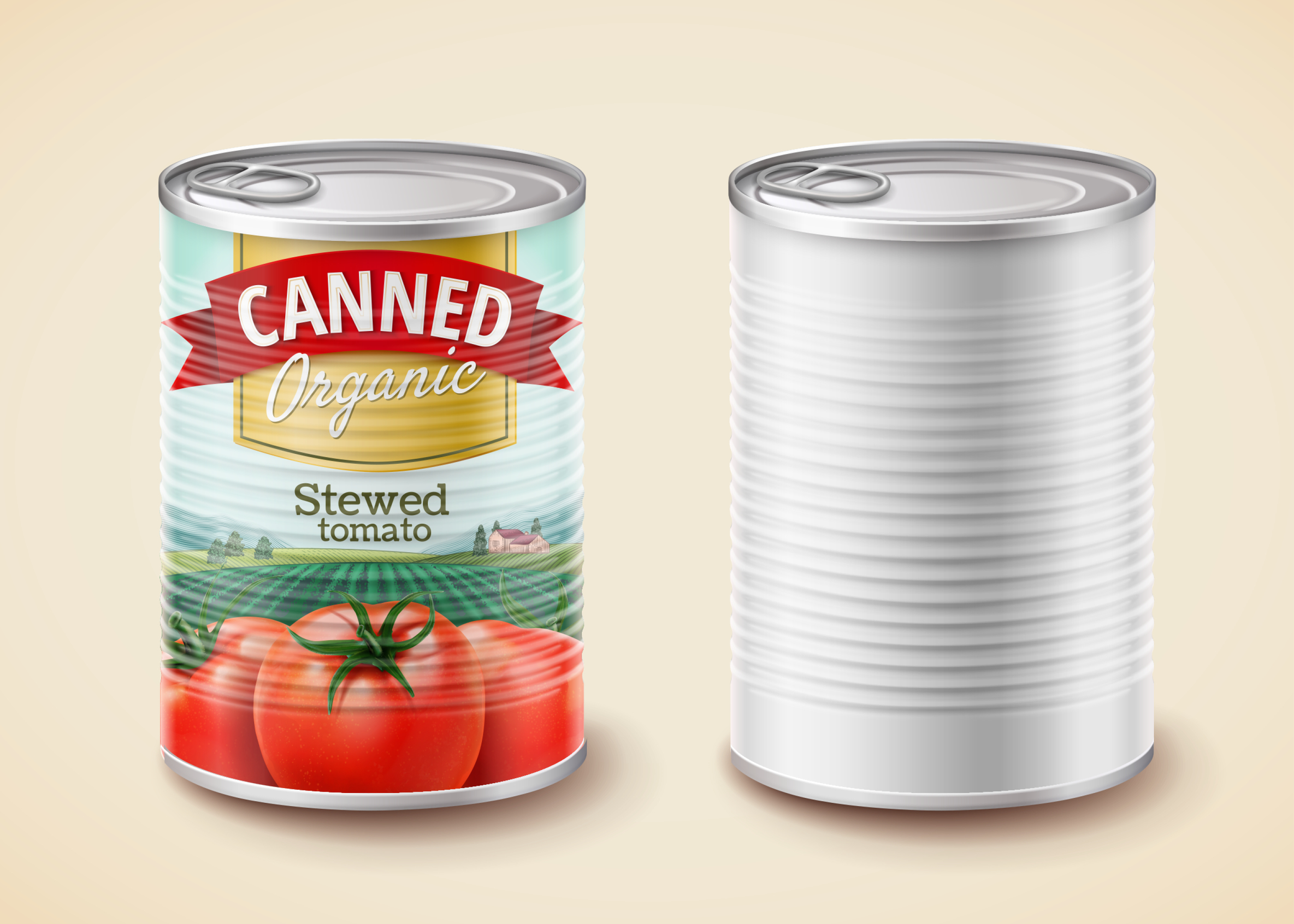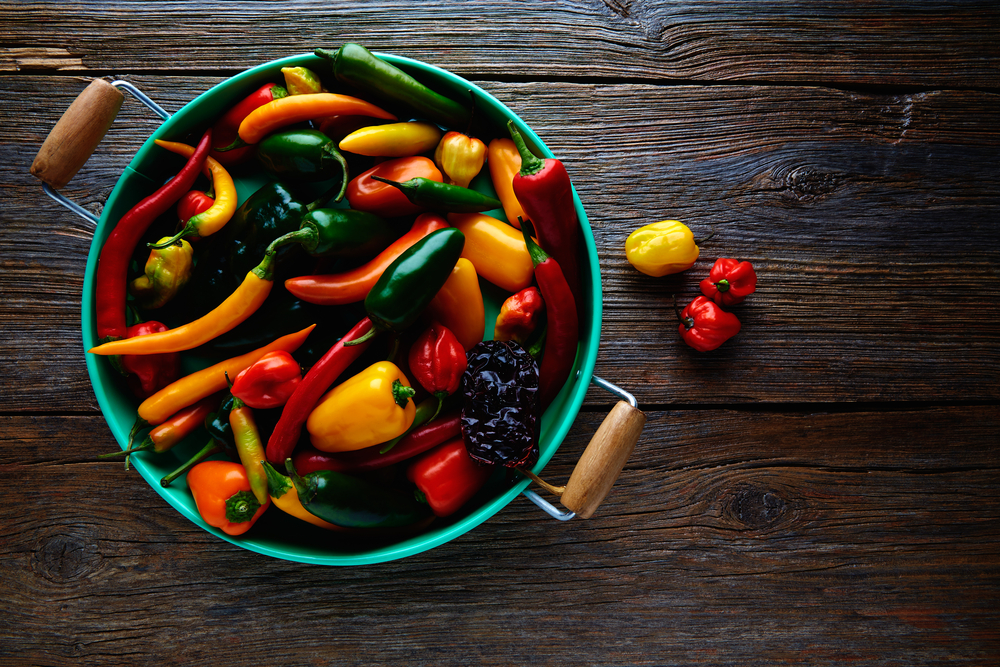Romesco sauce is a versatile and flavorful addition to many dishes, originating from Catalonia, Spain. This vibrant red sauce traditionally includes roasted red peppers, tomatoes, garlic, almonds, and bread, which is blended together with a mix of spices to create a smooth, slightly spicy, and irresistibly nutty flavor.
While many enjoy the unique taste of traditional romesco sauce, sometimes it may be necessary to find a suitable substitute, whether due to dietary requirements or lack of available ingredients.
Finding the best romesco sauce substitute doesn’t mean compromising on taste or texture. There are countless flavor combinations and ingredient substitutes available, making it easy to create a delicious and satisfying alternative to the classic romesco sauce.
By understanding the key ingredients and their roles in creating the iconic flavor profile, you can easily adapt recipes to suit your personal taste, preferences, or any dietary needs.
Key Takeaways
- Traditional romesco sauce is a flavorful red sauce made from roasted peppers, tomatoes, garlic, almonds, and bread
- Knowing the roles of the key ingredients can help in finding suitable romesco sauce substitutes
- A variety of alternative ingredients allow for a versatile and satisfying alternative to classic romesco sauce
Understanding Romesco Sauce

Romesco sauce is a versatile and flavorful sauce originating from Catalonia, a region in northeastern Spain. This Spanish sauce is commonly used as a dip, spread, or condiment to accompany various dishes, adding depth and a touch of authenticity to any meal.
The base of this savory sauce typically consists of roasted red peppers, tomatoes, nuts (such as almonds or hazelnuts), garlic, and olive oil.
Seasoned with a blend of spices that may include paprika, cayenne pepper, or red pepper flakes, romesco sauce offers a rich and robust flavor profile. I
n addition to its traditional use as a dip for fish and grilled vegetables, romesco sauce can also elevate sandwiches, salads, and other dishes.The use of nuts in this sauce lends it a unique texture, making it both thick and hearty.
However, the nuts are not the only contributors to its consistency; incorporating breadcrumbs and vinegar help to create the perfect balance of flavor and texture in the final product.
While traditional recipes for romesco sauce may vary slightly in their specific ingredients and proportions, the essential elements remain consistent across most versions.
The sauce can also be easily customized to suit individual tastes and preferences by adjusting the spices, the type of nuts used, or the ratio of tomatoes to peppers.
In conclusion, romesco sauce is a distinctive and tasty addition to a variety of dishes. Its rich flavors, textures, and versatility make it a popular choice for home cooks and chefs alike looking to add a touch of Spanish flair to their culinary creations.
Ingredients of Traditional Romesco Sauce
Primary Ingredients
Romesco sauce, a flavorful and robust sauce with origins in Spanish cuisine, is often made using a variety of ingredients. The primary ingredients in traditional Romesco sauce include red bell peppers, tomatoes, and an assortment of nuts such as hazelnuts and almonds.
These ingredients provide the base of the sauce and also contribute to its distinctive taste and texture.
Additionally, some recipes call for the use of bread as a thickening agent. This is usually incorporated by soaking it in water or vinegar before blending it with the rest of the ingredients.
Furthermore, olive oil is a key component that adds richness and silkiness to the sauce.
Spices and Flavor Enhancers
To achieve the unique flavor profile of Romesco sauce, various spices and flavor-enhancing ingredients are often included. A common combination consists of garlic, vinegar, smoked paprika, and paprika.
These ingredients work together to create a balance of tangy and smoky flavors that complement the primary ingredients in the sauce.
Seasonings such as salt and pepper are also essential to optimize the overall taste of Romesco sauce. Some recipes may also include parsley and a splash of lemon juice to give the sauce a bright and fresh flavor, rounding out the taste experience.
The careful balance of these ingredients is what sets traditional Romesco sauce apart and makes it a unique and versatile accompaniment to various dishes.
Making Traditional Romesco Sauce

Romesco sauce is a simple, yet flavorful condiment originating from Catalonia, Spain. The sauce consists of roasted red peppers, tomatoes, almonds, garlic, and spices.
In this recipe, the method of creating an easy romesco sauce is explained.
Using a blender or a food processor makes the preparation of romesco sauce quite efficient. Begin by roasting the red peppers and tomatoes under a broiler or in the oven.
Roasting the vegetables not only enhances their natural flavors, but also gives the sauce a delicious smoky taste. To save time, store-bought roasted red peppers can be used as a substitute.
Once the vegetables are roasted, combine them in the blender or food processor along with almonds, garlic cloves, and spices like paprika, red pepper flakes, or cayenne pepper. For a smoother texture, you can add a slice of day-old bread soaked in vinegar to the mixture.
Pulse the ingredients until a coarse paste forms, and then gradually drizzle in some olive oil while continuing to blend. Adjust the seasoning with salt and pepper to taste.
The final step is to blend the mixture until the desired consistency is achieved. For a thick and chunky sauce, blend for a shorter time; for a smoother and creamier consistency, blend for a longer time.
The whole process of making romesco sauce should only take around 5 minutes – making it a quick and delicious addition to your meals.
Romesco sauce is versatile and can be stored in an airtight container in the refrigerator for up to a week. It can be enjoyed as a dip for fresh vegetables, a sauce for grilled meat or fish, or as a spread for sandwiches or toast.
With a confident, knowledgeable approach and a few simple steps, anyone can create the perfect traditional romesco sauce at home.
Alternative Ingredients for Romesco Sauce Substitute
Alternative Nuts
If you’re looking for a substitute for the traditional almonds and hazelnuts in romesco sauce, pine nuts and sunflower seeds are both excellent options. They share a similar texture and provide a unique flavor profile to the sauce.
Pine nuts have a sweet, delicate taste, while sunflower seeds offer a mild, nutty flavor. Both can be easily blended into a smooth paste, maintaining the desired consistency of the sauce.
Substitute for Bread
Replacing bread in romesco sauce can be challenging, but one great alternative is cauliflower. When roasted and blended, cauliflower adds thickness and creaminess to the sauce while also keeping it gluten-free.
Additionally, it contributes a subtle, earthy flavor that complements the other ingredients in the romesco sauce.
Replacement for Red Bell Peppers
To substitute red bell peppers in romesco sauce, consider using roasted red pepper hummus or tahini sauce. Roasted red pepper hummus provides the smoky taste that characterizes romesco sauce while adding extra depth and a hint of creaminess.
Tahini sauce, made from sesame seeds, offers a nutty, slightly tangy flavor that pairs well with the other ingredients in the sauce.
| Base Ingredient | Substitute |
|---|---|
| Red Bell Peppers | Roasted Red Pepper Hummus / Tahini Sauce |
Other Spices and Oils
When substituting spices and oils in romesco sauce, keep these options in mind:
- Extra virgin olive oil: This classic oil adds a fruity, robust flavor that elevates the taste of the sauce.
- Kosher salt: It is essential for enhancing the overall flavor of the sauce and balancing the acidity from ingredients such as red wine vinegar.
- Red wine vinegar: The vinegar adds a hint of tanginess and brightness to the sauce, balancing the richness and depth from the other ingredients.
In terms of alternatives to the traditional romesco sauce spices, consider these options:
- Smoky: For a smoky flavor without using traditional smoked paprika, you can use a small amount of liquid smoke or smoked salt.
- Tzatziki: For a tangy, creamy twist, consider incorporating tzatziki into the recipe. This Greek yogurt-based sauce contributes a cooling effect that contrasts well with the sauce’s warmth.
- Pesto: Enhance the sauce’s herbal notes by adding a spoonful of pesto, which will pair well with the nutty and roasted flavors in the romesco sauce.
Experimenting with these alternative ingredients allows you to create a delicious romesco sauce substitute that suits your dietary preferences and personal taste while maintaining its essential characteristics.
Implementing Romesco Sauce Substitute in Recipes
Romesco sauce is a popular addition to various dishes, providing a unique and flavorful twist. However, if it is not readily available or if dietary restrictions apply, one can experiment with some suitable substitutes.
By incorporating these alternatives into recipes, it is possible to create appetizing meals that retain the essence of the original dish.
Vegetables can be enhanced with a tomato-based sauce combined with roasted red peppers, almonds, and garlic. This mixture mimics the texture and flavor profile of traditional Romesco sauce, making it an ideal companion for roasted or grilled vegetables.
Fish and chicken dishes can be elevated by using a combination of roasted red pepper pesto and a touch of smoked paprika. The nutty and smoky notes of this blend perfectly complement the delicate flavors of these proteins, giving the dishes a tasty dimension.
Pasta recipes can be infused with walnut or almond pesto as a Romesco sauce substitute. These nut-based sauces add a certain richness and depth of flavor to pasta dishes while maintaining the essence of Romesco.
For meal prep and rice dishes, a sun-dried tomato pesto can be a suitable option as it imparts a zesty tang while carrying a similar texture to Romesco sauce. This substitute works well in grain bowls or as a base for rice pilafs.
Stews and soups can benefit from the addition of a red pepper puree or harissa paste. Both of these ingredients add depth and complexity to the dish without overpowering the other flavors.
Incorporating Romesco sauce substitutes into sandwiches can create a fresh and savory taste. A simple mixture of roasted red peppers, garlic, and olive oil spread generously in a sandwich will provide a robust flavor similar to Romesco.
Salads can be dressed with a vinaigrette made from a combination of olive oil, sherry vinegar, and mustard. This dressing can emulate the tang and zing of Romesco sauce, amplifying the flavors of the salad ingredients.
Storing Leftover Romesco Sauce

Storing leftover romesco sauce properly is essential to preserve its flavor, texture, and quality. The process is simple and requires a few basic steps. This section will provide you with guidance on how to store this versatile sauce effectively.
To begin, it’s important to cool the sauce down to room temperature after it’s been prepared. Doing so prevents the growth of bacteria and keeps the sauce fresh for a longer period.
Once the sauce has reached room temperature, transfer it into an airtight container. Using an airtight container is crucial as it prevents the sauce from being exposed to air, which can degrade its quality and taste.
Additionally, this type of container protects the sauce from absorbing any unwanted refrigerator odors.
With the sauce in an airtight container, place it in the refrigerator. The cool environment within the refrigerator helps to preserve the flavors and slow the growth of microorganisms.
Storing the sauce at a consistent temperature of around 40°F (4°C) is ideal.
Under these conditions, the romesco sauce should remain fresh and delicious for up to five days. However, to enjoy its flavors at their peak, it’s recommended to consume the sauce within the first two to three days.
In conclusion, by following the simple steps outlined above, you can successfully store any leftover romesco sauce, ensuring that its quality is maintained until you’re ready to enjoy it once again.
Health Benefits and Dietary Information

Romesco sauce is not only a versatile and flavorful addition to a variety of dishes, but it also offers several health benefits.
Made primarily from red bell peppers, tomatoes, almonds, and garlic, this sauce contains essential vitamins, minerals, and antioxidants that contribute to a well-balanced diet.
One of the key ingredients in romesco sauce, red bell peppers, are rich in vitamin C, vitamin A, and antioxidants. These nutrients are important for maintaining a healthy immune system, promoting healthy skin, and supporting good vision.
Tomatoes, another main ingredient, contain lycopene, a powerful antioxidant that has been associated with reduced risk of certain cancers and heart diseases.
Almonds, a nut present in romesco sauce, are an excellent source of healthy unsaturated fats, proteins, and fibers. They also provide vitamin E, an antioxidant which helps protect cells from damage caused by free radicals.
The inclusion of garlic in the sauce not only adds a distinct flavor but also has numerous health benefits. Garlic is known for its anti-inflammatory properties and for supporting cardiovascular health.
Romesco sauce is suitable for various dietary needs and preferences. The sauce is vegan as it does not contain any animal products, making it a perfect addition to a plant-based diet.
Additionally, romesco sauce is typically gluten-free, as it does not rely on ingredients containing gluten. However, it is always recommended to double-check the labels if purchasing store-bought romesco sauce, or ensure that gluten-free ingredients are used if preparing the sauce at home.
In summary, romesco sauce provides numerous health benefits while catering to different dietary preferences. Its key ingredients offer essential nutrients and antioxidants, contributing to overall health and wellness.
The sauce’s adaptability makes it an ideal choice for those following a vegan or gluten-free diet, allowing them to enjoy a vibrant and flavorsome culinary experience without compromising their dietary needs.
Conclusion
Romesco sauce is a versatile and flavorful addition to various dishes. However, when it’s unavailable, finding an appropriate substitute is necessary. The following alternatives can provide satisfying flavor profiles and complement the intended dish.
- Almond butter and roasted bell pepper puree: Combining almond butter and roasted red bell peppers creates a thick and flavorful alternative to romesco sauce. The nutty taste of almond butter mimics the texture and taste of romesco, while the bell peppers add depth.
- Sun-dried tomato pesto: Sun-dried tomato pesto offers a distinct tangy flavor similar to romesco sauce. The combination of sun-dried tomatoes, basil, garlic, and Parmesan cheese gives this substitute a rich flavor profile.
- Roasted red pepper and walnut dip (Muhammara): A Middle Eastern favorite, muhammara combines roasted red peppers and walnuts to create a unique and bold taste.
- This option can also be adjusted for spiciness by adding more or less chili paste, depending on personal preference.
Each of these substitutes provides a distinct flavor and texture that can enhance a variety of dishes. Although they may not be identical to romesco sauce, they offer a delicious and fitting alternative.
Experimenting with these options can lead to discovering new favorites that satisfy both taste buds and culinary needs.
Frequently Asked Questions
What can I use as an alternative for romesco sauce?
There are a variety of alternatives to romesco sauce that can be used depending on the desired flavor profile. Some options include sun-dried tomato pesto, harissa, and muhammara.
Each offers its unique taste, though they all share a rich, savory quality that complements dishes similarly to romesco sauce.
Which ingredients can substitute key components of romesco sauce?
If some key ingredients for romesco sauce are unavailable, consider substituting them with the following options:
- Red bell peppers can be replaced with piquillo peppers or roasted tomatoes.
- Ñora or dried mild red chili peppers can be substituted with ancho or guajillo chilies, depending on your heat preference.
- Almonds can be replaced with hazelnuts, walnuts, or pine nuts, depending on your preference or availability.
These substitutions may slightly alter the final sauce flavor but will still yield a delicious result.
Is there a store-bought sauce similar to romesco?
While there may not be an exact store-bought match for romesco sauce, one can try searching for jarred red pepper sauces or spreads.
Sun-dried tomato pesto or tomato-based bruschetta toppings can be viable alternatives in some recipes as well.
Can I make a less spicy version of romesco sauce?
Yes, to make a milder version of romesco sauce, simply reduce or omit the typically hotter ingredients such as chili peppers or garlic. It is also possible to replace the dried red chilies with a milder chili, resulting in a less spicy yet still flavorful sauce.
What are some vegan alternatives to romesco sauce?
Romesco sauce is inherently vegan, as it is made from a combination of peppers, tomatoes, nuts, and bread. When preparing romesco sauce, always check the ingredient labels to ensure any store-bought items such as bread or roasted red peppers are vegan-friendly.
Are there any Italian sauces similar to Spanish romesco sauce?
While romesco sauce is Spanish in origin, some Italian sauces share similar flavors and ingredients. Sicilian caponata and Italian variations of sun-dried tomato pesto can serve as close substitutions.
However, each sauce is distinct, so the final flavor may differ from that of romesco sauce.







